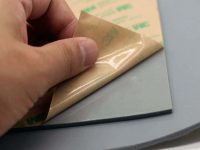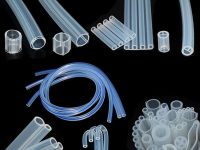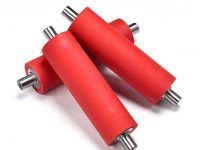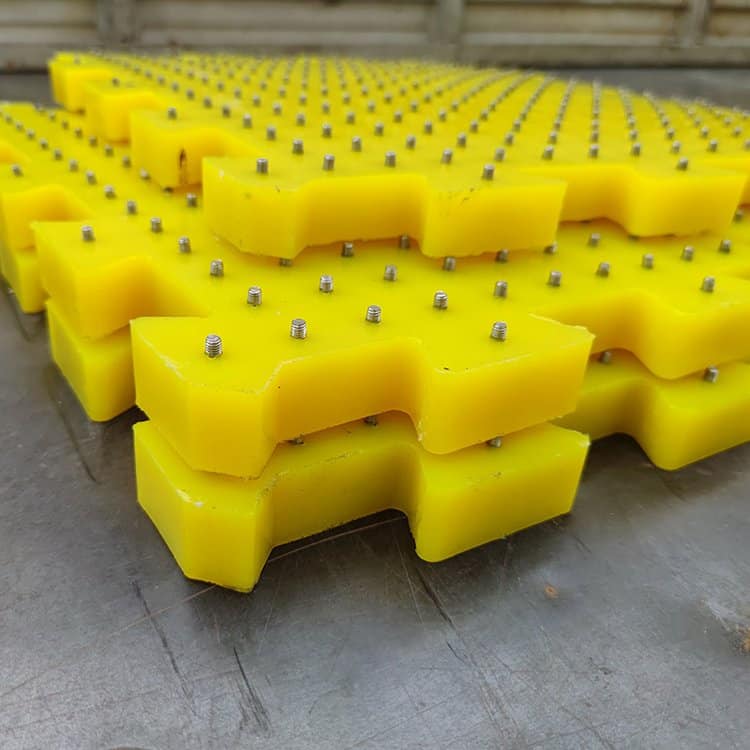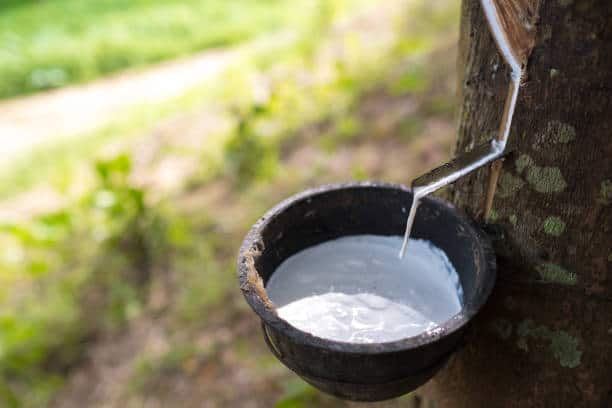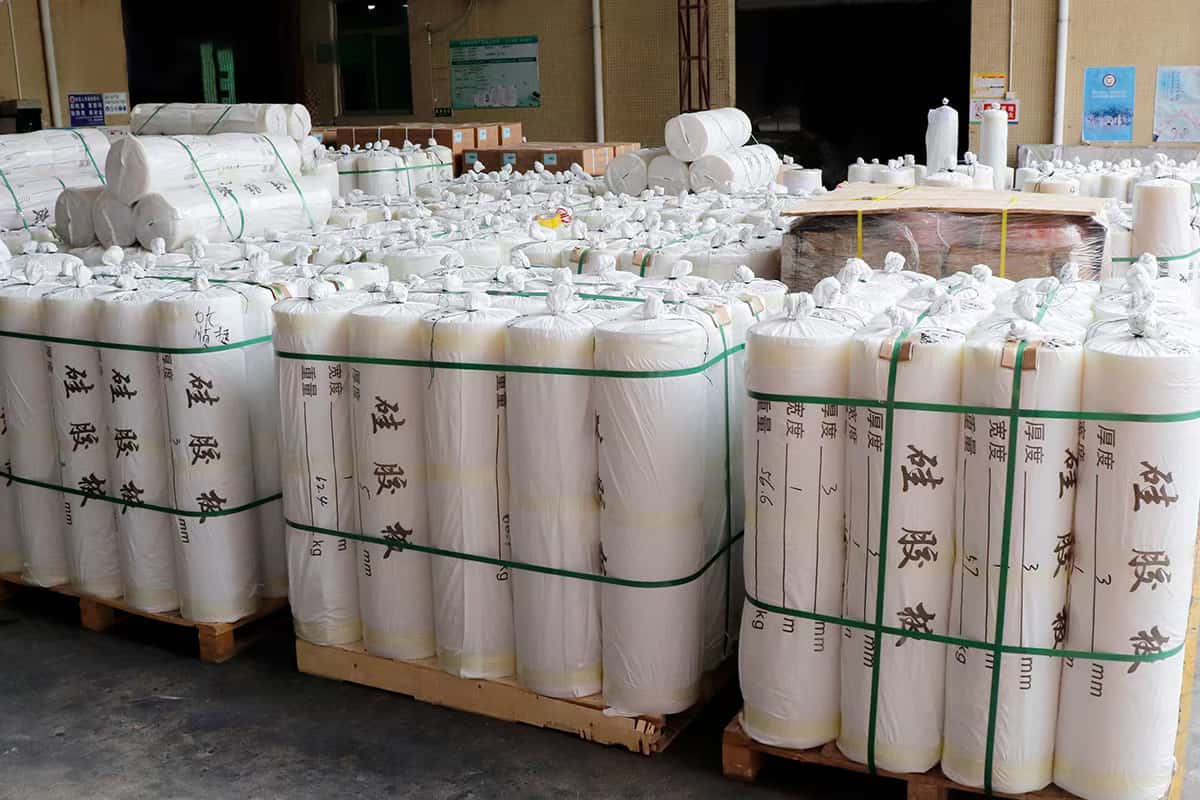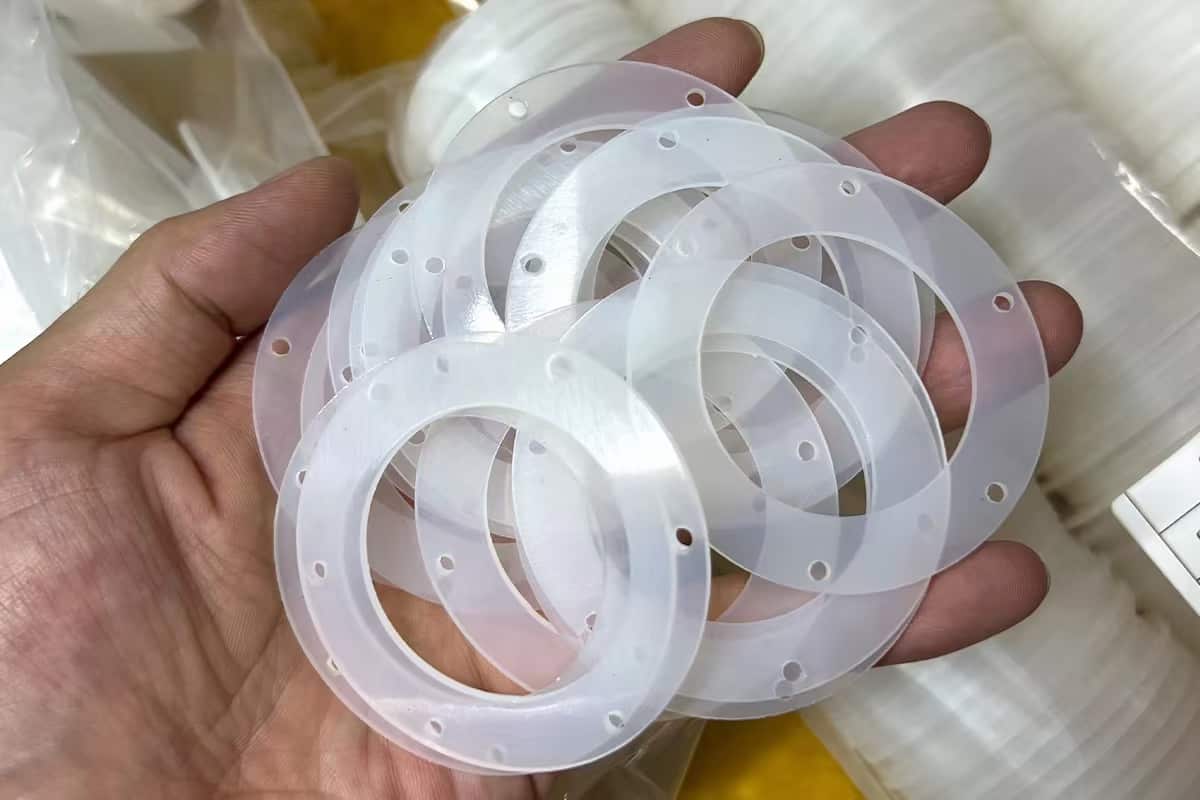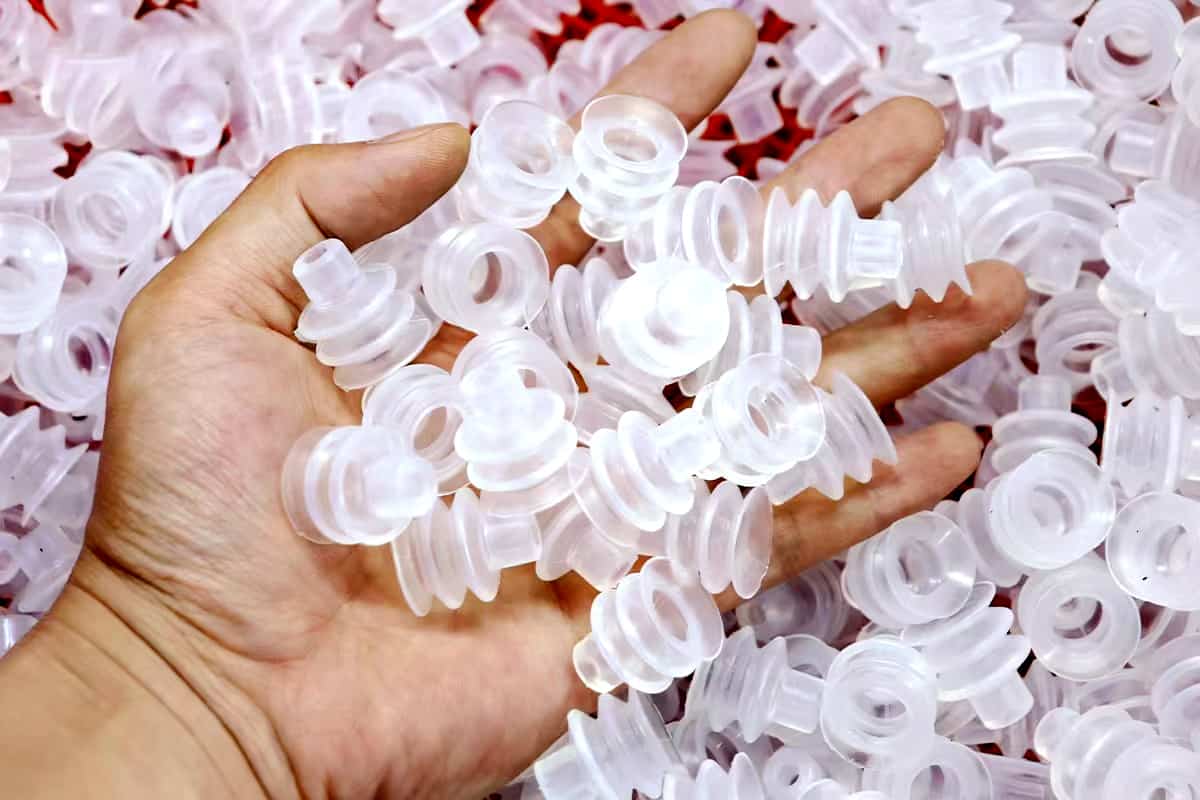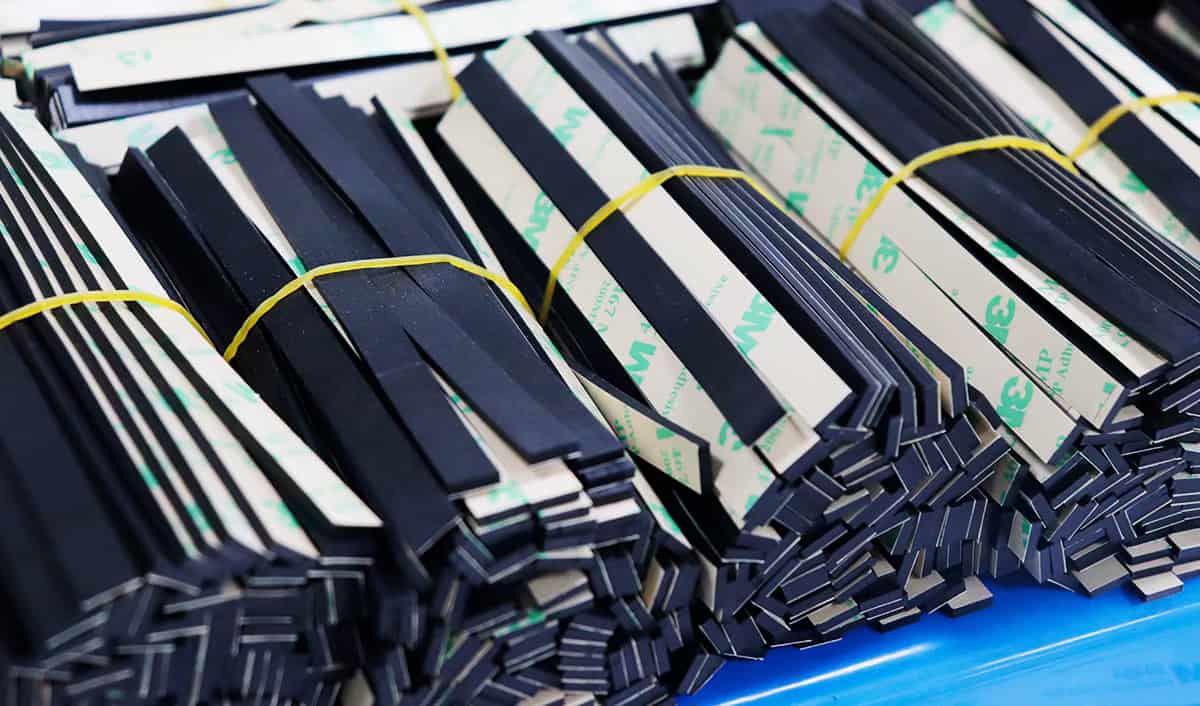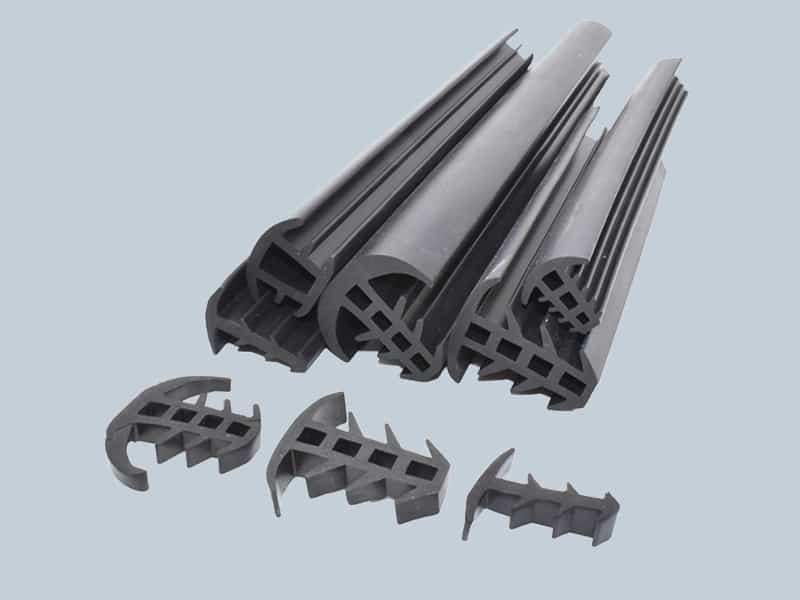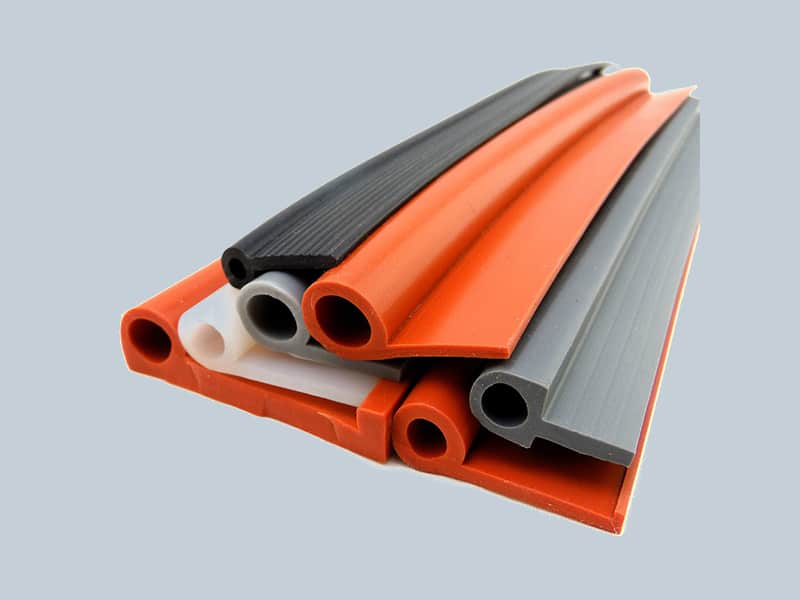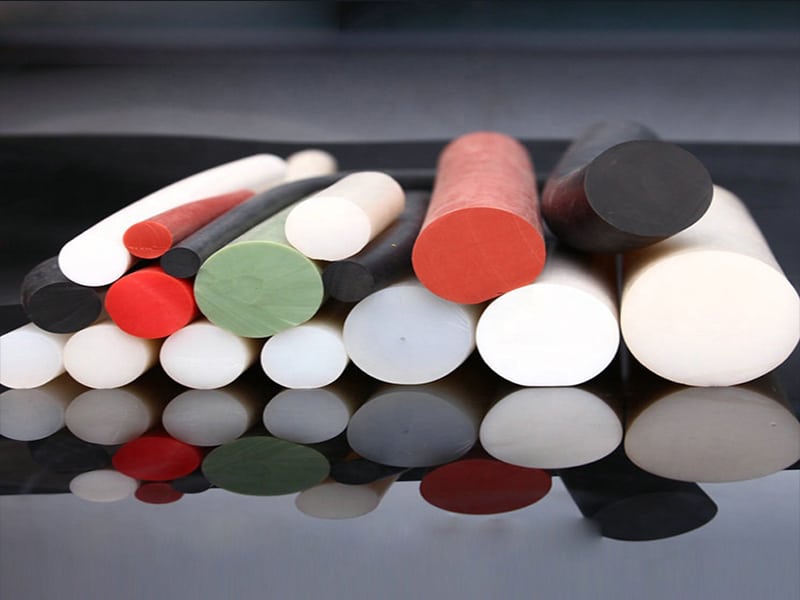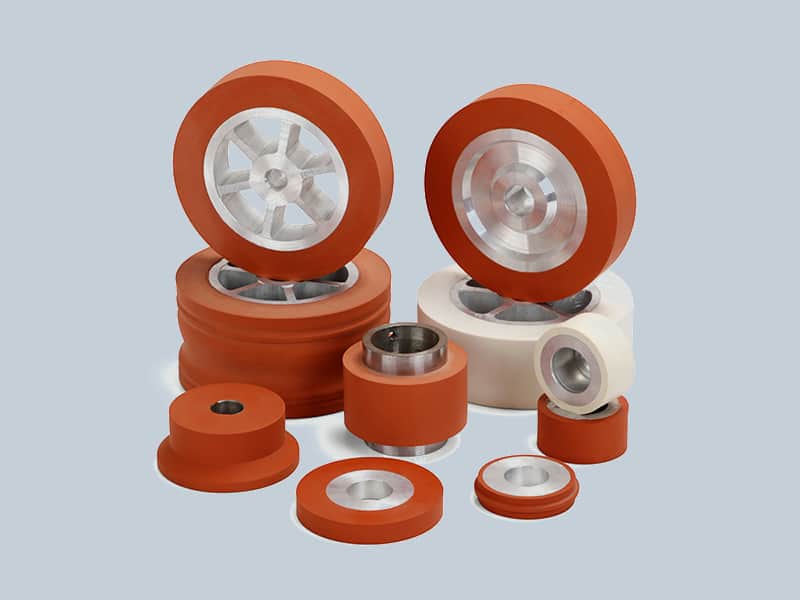This is a question that we get asked a lot. The answer is yes, silicone rubber can be vulcanized. However, the process is a bit different than traditional vulcanization.
Silicone rubber is vulcanized using a process called peroxide vulcanization. In this process, the silicone rubber is mixed with a peroxide compound and then heated. This creates cross-links between the molecules in the silicone rubber, which gives it increased strength and durability.
So there you have it! Silicone rubber can be vulcanized, but it requires a different process than traditional vulcanization.
What is vulcanization?
Vulcanization is a process of treating rubber to give it certain desirable qualities, such as strength, elasticity, and resistance to solvents and heat. The process typically involves curing the rubber with sulfur or other agents.
What is silicone rubber?
Silicone rubber is an elastomer composed of silicone—itself a polymer—containing carbon, hydrogen, and oxygen. vulcanized rubber is any rubber that has undergone the vulcanization process to improve its strength, elasticity, and resistance to heat.
The vulcanization process
Vulcanization is a chemical process in which individual polymer molecules are linked to other polymer molecules by atomic bridges. The result is a three-dimensional network of interconnected polymer chains that gives the material its linear strength and resistance to flow. vulcanized rubber has greater tensile strength, tear resistance, compression set resistance, and abrasion resistance than untreated rubber.
How is vulcanization used?
Vulcanization is used in many products, most notably in tires and rubber mats and pads. It is also used to make hoses, silicone o-ring gaskets, and other molded and extruded rubber parts. Vulcanized rubber has many advantages over non-vulcanized, or “green” rubber, including improved elasticity, tensile strength, resistance to abrasion and tearing, and resistance to environmental aging.
The benefits of vulcanization
Vulcanization is a process in which a polymer material is treated with heat or chemicals to improve its performance and durability. Vulcanized rubber is used in a variety of applications, including car tires, silicone pipe fittings, and silicone sealing gaskets. It is also used in the food industry for tubing, seals, and other products that come into contact with food.
There are several benefits of vulcanization. First, it increases the elasticity of the rubber, which makes it more resistant to tearing and abrasion. Second, it makes the rubber more resistant to heat, cold, and chemical attack. Third, it reduces the flow of the rubber, which makes it less likely to leak. Finally, vulcanization improves the adhesion of the rubber to other materials, making it ideal for applications where a tight seal is required.
The drawbacks of vulcanization
Though vulcanization is a widely used process with many advantages, there are some potential drawbacks to consider as well. These include:
-The possibility of creating environmentally hazardous waste products
-The potential for compromised mechanical properties
-The likelihood of increased cost
The future of vulcanization
The future of vulcanization looks promising, with continued research and development leading to new and improved vulcanization methods. One area of focus is finding ways to reduce or eliminate the use of chemicals in vulcanization processes. This would have a number of benefits, including reducing environmental impact and making vulcanized products more sustainable. Additionally, eliminating the need for chemicals would make vulcanization easier and more cost-effective.
FAQs about vulcanization
Can silicone rubber be vulcanized?
Yes, silicone rubber can be vulcanized using sulfur or other vulcanizing agents. However, it should be noted that only certain types of silicone rubbers can be vulcanized. For example, addition-cure silicones cannot be vulcanized.

